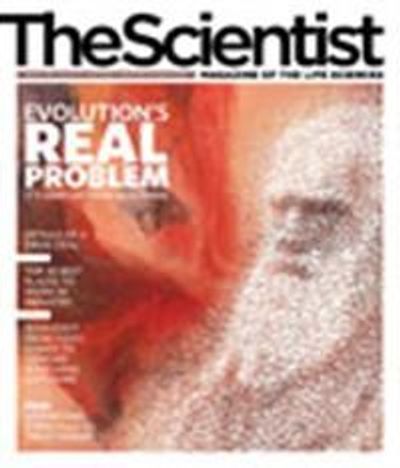
Starting in 1980, John Sulston spent 18 months hunched over a microscope watching Caenorhabditis elegans embryos divide. Together with Bob Horvitz at the Laboratory of Molecular Biology in Cambridge, England, he had already mapped the fate of every cell in the adult worm from the moment the egg hatched, but the embryonic cell lineage remained elusive. Many labs had tried and failed to study the developing embryos using photography, so Sulston figured he would do it by hand. "We all felt that there would be a way [to use photography] someday, but we needed the information now," he says.
In these drawings, from May 22, 1981, Sulston drew the positions of the cell nuclei, using color to show depth - red on top, green in the middle, and black on the bottom. The long strings of lower-case letters are unique identifying tags that Sulston used...
Sulston worked alone in absolute silence in two four-hour shifts each day, drawing the embryos every five minutes or so, and passing the time by solving the Rubik's Cube. In the end, he traced the fate of all 671 embryonic cells that are born, and the 113 of which die, in the 14 hours it takes for the worm's egg to grow. The embryo lineage "gives a single-cell platform for understanding developmental genetics," says Sulston, who was awarded the Nobel Prize, in part for this work, in 2002.
Interested in reading more?




